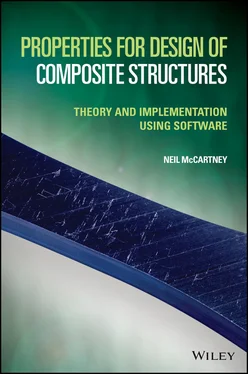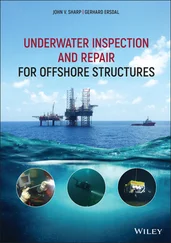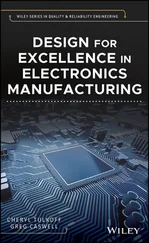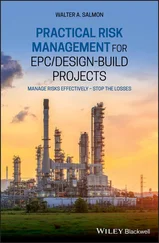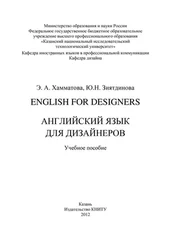276 266
277 267
278 268
279 269
280 270
281 271
282 272
283 273
284 274
285 275
286 276
287 277
288 278
289 279
290 280
291 281
292 282
293 283
294 284
295 285
296 286
297 287
298 288
299 289
300 290
301 291
302 292
303 293
304 294
305 295
306 296
307 297
308 298
309 299
310 300
311 301
312 302
313 303
314 304
315 305
316 306
317 307
318 308
319 309
320 310
321 311
322 312
323 313
324 314
325 315
326 316
327 317
328 318
329 319
330 320
331 321
332 322
333 323
334 324
335 325
336 326
337 327
338 328
339 329
340 330
341 331
342 332
343 333
344 334
345 335
346 336
347 337
348 338
349 339
350 340
351 341
352 342
353 343
354 344
355 345
356 346
357 347
358 348
359 349
360 350
361 351
362 352
363 353
364 354
365 355
366 356
367 357
368 358
369 359
370 360
371 361
372 362
373 363
374 364
375 365
376 366
377 367
378 368
379 369
380 370
381 371
382 372
383 373
384 374
385 375
386 376
387 377
388 378
389 379
390 380
391 381
392 382
393 383
394 384
395 385
396 386
397 387
398 388
399 389
400 390
401 391
402 392
403 393
404 394
405 395
406 396
407 397
408 398
409 399
410 400
411 401
412 402
413 403
414 404
415 405
416 406
417 407
418 408
419 409
420 410
421 411
422 412
423 413
424 414
425 415
426 416
427 417
428 418
429 419
430 420
431 421
432 422
433 423
434 424
435 425
436 426
437 427
438 428
439 429
440 430
441 431
442 432
443 433
444 434
445 435
446 436
447 437
448 438
449 439
450 440
451 441
452 442
453 443
454 444
455 445
456 446
457 447
458 448
459 449
460 450
461 451
462 452
463 453
464 454
465 455
466 456
467 457
468 458
469 459
470 460
471 461
472 462
473 463
474 464
475 465
476 466
477 467
478 468
479 469
480 470
481 471
482 472
483 473
484 474
485 475
486 476
487 477
488 478
489 479
490 480
491 481
492 482
493 483
494 484
495 485
496 486
497 487
498 488
499 489
500 490
501 491
502 492
503 493
504 494
505 495
506 496
507 497
508 498
509 499
510 500
511 501
512 502
513 503
514 504
515 505
516 506
517 507
518 508
519 509
520 510
521 511
522 512
523 513
524 514
525 515
526 516
527 517
528 518
529 519
530 520
531 521
532 522
533 523
534 524
535 525
536 526
537 527
538 528
539 529
540 530
541 531
542 532
543 533
544 534
545 535
546 536
547 537
548 538
549 539
550 540
551 541
552 542
553 543
554 544
555 545
556 546
557 547
558 548
559 549
560 550
561 551
562 552
563 553
564 554
565 555
566 556
567 557
568 558
569 559
570 560
571 561
572 562
573 563
574 564
575 565
576 566
577 567
578 568
579 569
580 570
581 571
582 572
583 573
584 574
585 575
The effective properties of composite materials, such as thermoelastic and conductive, depend upon the nature of many materials’ characteristics, which are needed to account for the composite structure, e.g. particulate or fibre reinforcement, unidirectional plies or multi-layered laminates. Account also must be taken of the resultant anisotropies that are often required when designing three-dimensional engineering components. Indeed, the properties of some constituents can be anisotropic themselves, such as carbon fibres and the individual plies of laminates. The accurate experimental determination of these properties is rarely, if ever, achieved in practice, and this leads on to the need for reliable estimation methods using analytical and/or numerical methods.
It is emphasised here that this book is not intended to be a reference text. The principal objective is to provide readers with a single source for a wealth of analytical methods and explicit formulae that can be used to estimate the effective properties of a wide range of composite types for both undamaged and damaged states. Readers wishing to track in more detail the historical development of composite theory will need to consult the literature, possibly starting with the limited number of references included in this book.
This book has been written over a number of years following the encouragement of the late Professor Anthony Kelly, FRS, CBE, to whom the author owes an enormous debt of gratitude. Professor Kelly was the Chairman of the Panel at the National Physical Laboratory (NPL) that decided, in 1969, that the author, following six months’ probation, could be offered a permanent post. The author now has an Emeritus position at NPL (Senior NPL Fellow) that has enabled continued research on various aspects of material science, and the writing of this book. A much closer relationship developed when, in the early 1980s, we both independently solved a problem considered in Chapter 14. At that point and onwards Professor Kelly, who was then Vice-Chancellor of Surrey University, introduced the author to many theoretical aspects of composite technology, which are included in this book. Of particular note is the development of methods of analysing the effects of fibre fractures and matrix cracks in unidirectionally reinforced composites, extending the pioneering work of colleagues at NPL, which led to the very well-known ACK (Aveston, Cooper, Kelly) theory, developed in 1971, which continues to be widely cited in the literature.
Following the Introduction, Chapter 2of this book introduces and describes in detail many continuum analyses that will be required in later chapters. Chapters 3– 7are concerned with a description of methods of estimating the effective properties of undamaged composite materials, including those reinforced with aligned spheroidal particles. Extensive use is made of the methodology developed by James Clerk Maxwell in his book on electromagnetism, where an ingenious analytical method is used to estimate the effective electrical conductivity of a uniformly distributed assembly of isotropic spherical particles. His result is thought to be the first expression ever developed for an effective property of a composite. His methodology is also extremely powerful and worthy of extensive use in this book.
During service, composite components are often exposed to loadings that are sufficient to cause the formation of microstructural damage such as fibre failures or matrix cracking, which are usually associated with the occurrence of fibre/matrix interface debonding. For laminates, delamination at ply interfaces is an additional form of load-induced damage. The initiation and growth of microstructural damage affects the effective properties of composite materials, which degrade. It is remarkable that the degradation of very many thermoelastic constants is characterised by a single damage dependent function, as will become clear in the book. Sometimes damage mechanisms lead to local stress-transfer within complex structures, which can delay the onset of structural failure during progressive loading. Chapters 8– 14of this book will focus on analytical and semi-analytical methods of predicting both the effect of damage on effective properties and, more importantly, the dependence of effective properties on local loading conditions when using an energy balance approach. Chapters 13and 14concern, respectively, a model of damage development during the fatigue loading of laminates and a model of composite degradation due to environmental damage (in fibres).
Читать дальше
